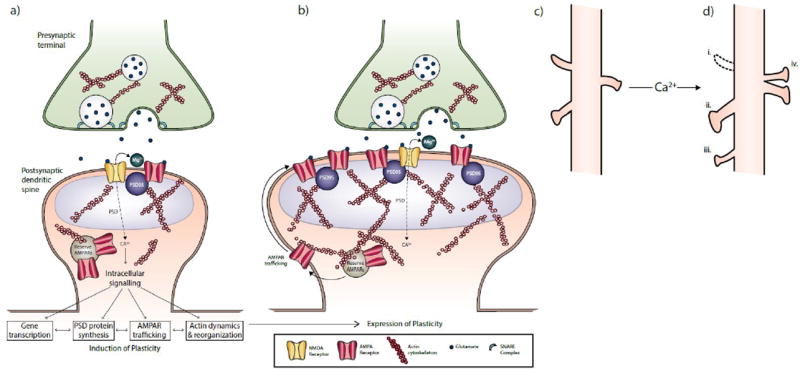Figure 1. The induction and expression of synaptic plasticity.

During the induction of plasticity at excitatory synapses (A), glutamate activates postsynaptic AMPARs and NMDARs located in the postsynaptic density (PSD) of dendritic spines. AMPARs generate a fast excitatory postsynaptic response via Na+, while NMDARs initiate intracellular signaling cascades via Ca2+ that trigger local gene transcription; phosphorylation and synthesis of new PSD proteins; AMPAR trafficking to and from the membrane via actin dynamics; and reorganization of the actin cytoskeleton. When synaptic activity is sufficient to induce long-term potentiation (LTP), these processes lead to the insertion of reserve AMPARs into the postsynaptic membrane and the enlargement of the PSD and dendritic spine (B). Scaffold proteins such as PSD-95 stabilize the new AMPARs by trapping them in the membrane and reducing their lateral mobility. Changes in the size and shape of dendritic spines from baseline (C) scale with changes in synaptic efficacy and include (D): the elimination of spines (i); enlargement of spine heads and necks (ii); growth of new spines (iii); and the splitting of single PSDs and spines into two synapses (iv).
